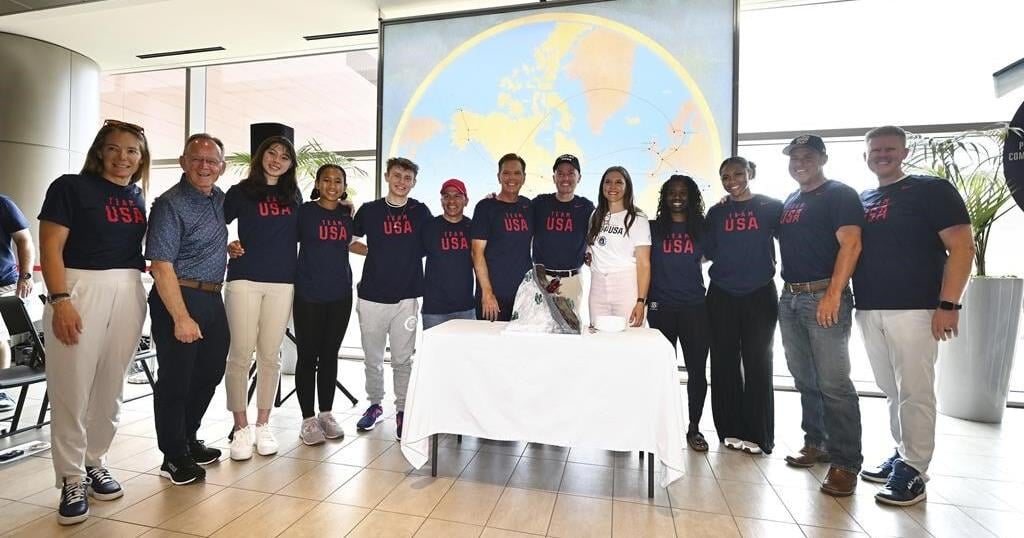SALT LAKE CITY (AP) — Salt Lake City is expected to be formally awarded the 2034 Winter Olympics following a Wednesday vote by the International Olympic Committee in Paris, which would give Utah its second Games after hosting in 2002.
A watch party is planned at 3 a.m. local time — 11 a.m. in Paris — to celebrate the announcement. Large crowds are expected at the event that coincides with a state holiday marking the date Mormon pioneers discovered the Salt Lake Valley in northern Utah. Olympic fanatics were already starting to gather downtown and pitch tents before sunset Tuesday.
Salt Lake City is the lone contender the Olympic committee is considering for 2034. Climate change and high operational costs have reduced the number of cities willing and able to welcome the Winter Games. Utah has capitalized on low interest elsewhere, pitching itself to Olympic officials as an enthusiastic repeat host if the committee goes forward with a proposed permanent rotation of Winter Olympic cities. Olympic Games Executive Director Christophe Dubi has said Salt Lake City would be a prime candidate for such a plan.
Local leaders have had their sights set on hosting multiple times even before Salt Lake City welcomed its first Games, bid team spokesperson Tom Kelly said. Remnants of the 2002 Games are nestled throughout the city and have kept the Olympic fever alive for more than two decades. Organizers of the 2034 Games touted that enduring enthusiasm throughout the selection process and showed visiting Olympic officials how they’ve preserved the venues used in 2002.
In their final presentation to the Olympic committee Wednesday morning, the bid team is expected to outline its plan for one of the most compact layouts in Olympic history, with all venues within a one-hour drive of the athletes village on the University of Utah campus. The plan requires no new permanent construction, with all 13 venues already in place and each having played a role when the city first hosted.
For Utah Gov. Spencer Cox, securing the bid is central to his goal of cementing the state as North America’s winter sports capital. He and other local leaders are in Paris for the bid presentation, while many winter Olympians stayed in town to train and join in the festivities.
American freestyle skier Christopher Lillis, a gold medalist at the 2022 Winter Olympics in Beijing, said the 2034 games would be a dream come true for young people with Olympic aspirations. Salt Lake City has grown a lot since 2010, when Lillis said his family started visiting, and it’s become more expensive. Lillis has been training at nearby Utah Olympic Park and said the sports facilities in the area are “top notch.”
Matthew Lindon, a 45-year resident of the ski resort community of Park City, Utah, where many events would be held, said the city has expanded considerably since he arrived.
“With the 2002 Olympics, the motto was, ‘The world is welcome here.’ And really what happened was we brought Utah to the world, and now we’re a world-class destination skiing resort,” he said.
